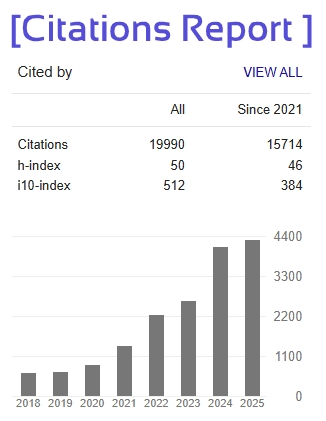Harnessing Kinetic Energy from Speed Breakers: A Sustainable Approach to Urban Power Generation
Abhay Chaudhary1 Abhay Pratap Saini2 Abhay Yadav3 Ajeet Kumar4 Keshav Pratap yadav5
1234B. Tech Students, Department of Electrical Engineering, R. R. Institute of Modern Technology, Lucknow
5Assistant Professor, Department of Electrical Engineering, R. R. Institute of Modern Technology, Lucknow
Abstract
The escalating global energy demand, coupled with the depletion of conventional fossil fuels, necessitates innovative approaches to harness renewable energy. This study explores the feasibility of generating electricity from vehicular kinetic energy using a modified speed breaker system. The proposed design integrates a rack-and-pinion mechanism to convert vertical vehicle motion into rotational energy, amplified via a gear train to drive a DC generator. Generated electricity is stored in lithium-ion batteries and distributed to two primary applications: automated LED streetlights controlled by light-dependent resistors (LDRs) and a wireless power transfer (WPT) system for electric vehicle (EV) charging.
Experimental validation involved prototyping and testing under simulated traffic conditions, achieving an average output of 180–200W per vehicle pass and 84% wireless charging efficiency at a 15 cm transmission distance. The system’s modularity and use of existing road infrastructure highlight its cost-effectiveness and scalability, with a projected return on investment (ROI) of 3.2 years compared to solar alternatives. Challenges such as traffic-dependent output and structural limitations for heavy vehicles were identified, prompting recommendations for material reinforcement and hybrid energy integration.
This research underscores the potential of speed-breaker energy systems as a sustainable solution for urban and rural electrification, reducing grid dependency and carbon emissions. Future work will focus on IoT-enabled load management, hybrid solar-kinetic systems, and policy frameworks to accelerate adoption. By transforming passive infrastructure into active power hubs, this innovation aligns with global net-zero goals, offering a scalable pathway toward energy resilience and smart city development.
Keywords: Renewable energy, kinetic energy harvesting, speed breaker, rack-and-pinion mechanism, wireless power transfer (WPT), sustainable infrastructure.







